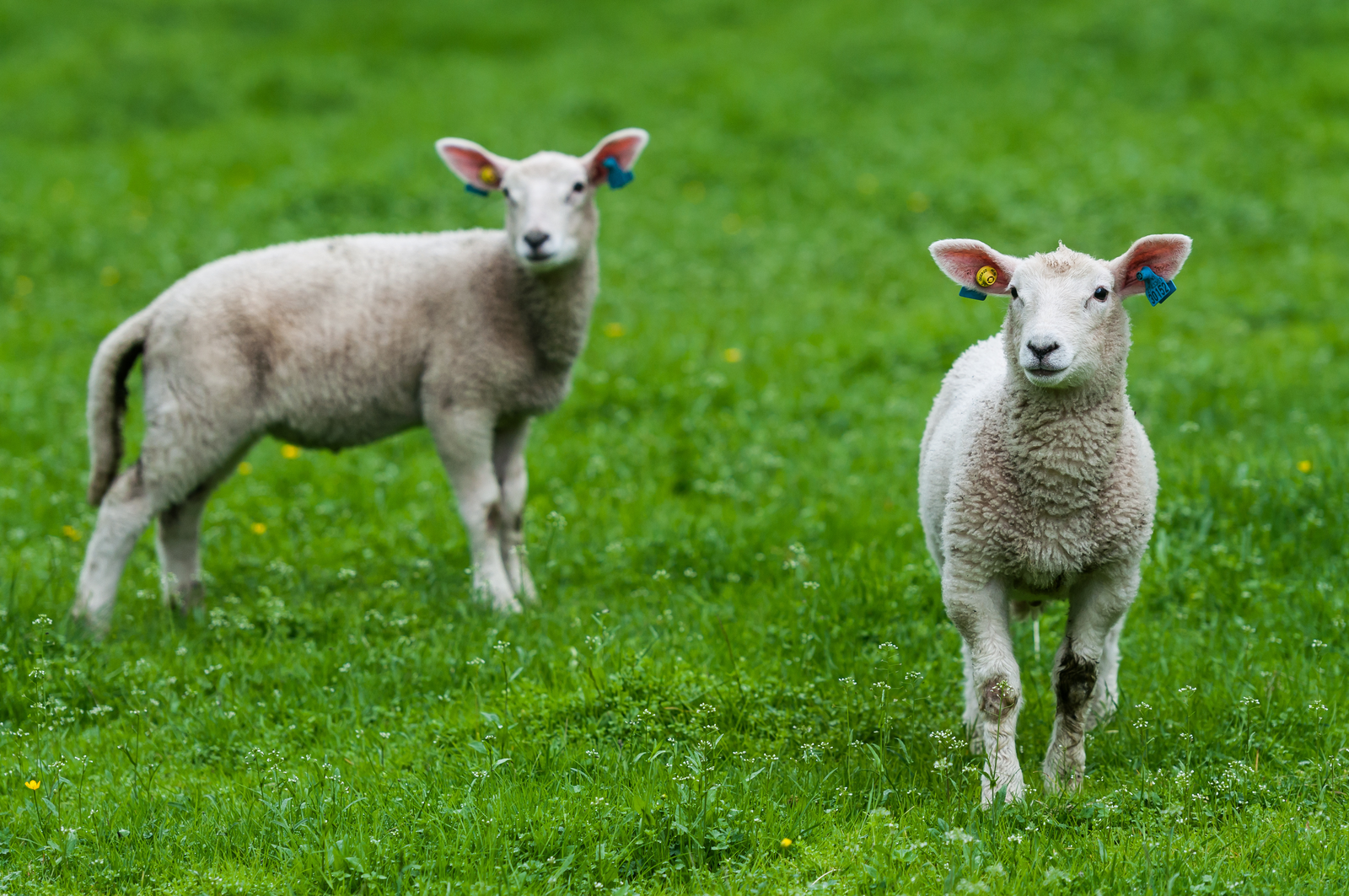Stillbirths in large litters reduced with vitamin E

When ewes have 3 or more lambs, vitamin E supplementation is recommended as Norwegian research showed that this vitamin reduces the rate of stillbirths.
Triplet and higher order litters are associated with increased risk of stillbirths and neonatal mortality. At the same time, average litter size at birth of the Norwegian White Sheep has increased from 1.9 to 2.2 from 2000 to 2013.
Maternal nutrition during pregnancy is one of the factors that may influence the survival of the lambs. A group of researchers from the Norwegian University of Life Sciences and the Norwegian Meat and Poultry Research Centre delved deeper into this theory and wanted to know if vitamin E supplementation could reduce the rate of stillbirths.
Vitamin E supplementation of ewes
A study was set up with ewes in 19 flocks (n = 2268 ewes) in 5 regions of Norway. Ewes in each flock were allocated into 2 experimental groups for vitamin E supplementation, balanced according to the ewes’ age, number of foetuses and expected lambing date. The animals were daily supplemented the 6–7 weeks before average expected lambing date with either (1) 360 IU of vitamin E (supplemented), or (2) placebo (control). The daily supplement was given in addition to the daily basal diet of forage, concentrate and mixture of minerals and vitamins in each flock, assuming that forage contained on average 40 mg α-tocopherol/kg DM.
Also interesting:
Neonatal calves, lambs and pigs often vitamin E deficient
Effect in ewes with more than 3 lambs
Ewes in late pregnancy clearly responded to a daily supplement of 360 IU vitamin E with increased serum α-tocopherol concentrations. When carrying ≥3 lambs, ewes with stillborn lambs had lower serum α-tocopherol concentrations after lambing than ewes without stillborn lamb whereas such differences were not found for ewes carrying ≤2 lambs. This suggested that low levels of α-tocopherol in blood are detrimental for ewes having greater litters.
Vitamin E supplementation did not influence the stillbirth rate of ewes carrying ≤2 lambs. However, supplementing vitamin E to ewes carrying ≥3 lambs decreased the stillbirth rate significantly. The results from this study therefore suggest supplementation of vitamin E according to NRC (2007) recommendations to ewes carrying ≥3 lambs the last 6–7 weeks before lambing, but question whether the same high dose is necessary to ewes with smaller litters. Future studies should focus on gaining insight to the specific function of vitamin E on foetal energy status and maternal-foetal exchange in late pregnancy.
Variation in forage
The researchers also addressed that there were great variations in the daily intake of vitamin E from the basal diet, and in average a higher content in the basal diet than in previous studies. The variation of minerals in grass mixtures was for example also recently confirmed for dairy cattle.
The article was published in the Journal ‘Small Ruminant Research’.











